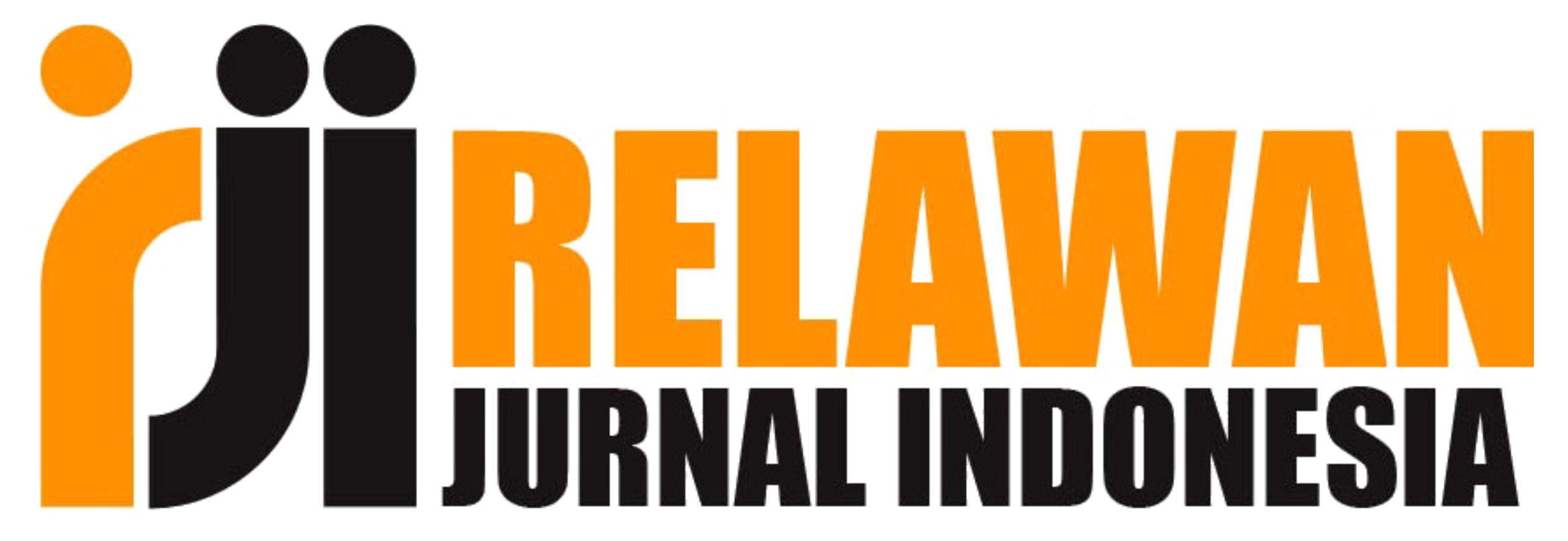Causality Analysis: Economic Growth, Economic Openness, Energy Consumption, and Carbon Dioxide Emission Indonesia
Abstract
Keywords
Full Text:
PDFReferences
Abidin, I. S. Z., Haseeb, M., Azam, M., & Islam, R. (2015). Foreign direct investment, financial development, international trade and energy consumption: Panel data evidence from selected ASEAN countries. International Journal of Energy Economics and Policy, 5(3), 841–850.
Budiwan, I. (2020). Analisis Pengaruh Konsumsi Energi Terhadap Pertumbuhan Ekonomi dan Emisi Karbon Dioksida.
Firdaus, M. (2011). Aplikasi Ekonometrika untuk Data Panel dan Time Series. Bogor: IPB Press.
Herawati, W. (2016). Analisis Pengaruh Keterbukaan Ekonomi terhadap Pertumbuhan Ekonomi di Indonesia Tahun 1980-2013. (June), 4–13.
Hwang, J. H., & Yoo, S. H. (2014). Energy consumption, CO2 emissions, and economic growth: Evidence from Indonesia. Quality and Quantity, 48(1), 63–73. https://doi.org/10.1007/s11135-012-9749-5
International Energy Agency (IEA). (2019). Southeast Asia Energy Outlook 2019 – Analysis. Iea, (October).
Kumar, S. (2016). Assessment of renewables for energy security and carbon mitigation in Southeast Asia: The case of Indonesia and Thailand. Applied Energy, 163, 63–70. https://doi.org/10.1016/j.apenergy.2015.11.019
Nasreen, S., & Anwar, S. (2014). Causal relationship between trade openness, economic growth and energy consumption: A panel data analysis of Asian countries. Energy Policy, 69(June), 82–91. https://doi.org/10.1016/j.enpol.2014.02.009
Ozturk, I., & Acaravci, A. (2010). CO2 emissions, energy consumption and economic growth in Turkey. Renewable and Sustainable Energy Reviews, 14(9), 3220–3225. https://doi.org/10.1016/j.rser.2010.07.005
Rifai, M. A. (2017). Analisis hubungan kausalitas antara pertumbuhan ekonomi, konsumsi energi dan emisi karbon dioksida di 4 negara asean muhamad amin rifai.
Saboori, B., & Sulaiman, J. (2013). CO2 emissions, energy consumption and economic growth in association of Southeast Asian Nations (ASEAN) countries: Acointegration approach. Energy, 55, 813–822. https://doi.org/10.1016/j.energy.2013.04.038
Sasana, H., & Aminata, J. (2019). Energy subsidy, energy consumption, economic growth, and carbon dioxide emission: Indonesian case studies. International Journal of Energy Economics and Policy, 9(2), 117–122. https://doi.org/10.32479/ijeep.7479
Shahbaz, M., Hye, Q. M. A., Tiwari, A. K., & Leitão, N. C. (2013). Economic growth, energy consumption, financial development, international trade and CO2 emissions in Indonesia. Renewable and Sustainable Energy Reviews, 25, 109–121. https://doi.org/10.1016/j.rser.2013.04.009
Sun, H., Clottey, S. A., Geng, Y., & Fang, K. (2019). Trade Openness and Carbon Emissions : Evidence from Belt and Road Countries. 1–20.
Tietenberg, T. H., & Lewis, L. (2015). Environmental & Natural Resource Economics (10th editi). Boston: Pearson.
Todaro, M., & Smith, S. C. (2012). Economic Development, 11th Edition. In Economic Development (11th Editi). New York: Pearson.
Ula, T. (2019). Analisis Dampak Diversifikasi Ekspor Produk Dan Pertumbuhan Ekonomi Terhadap Lingkungan: Studi Indonesia. Journal of Economics Science, 5(2), 35–45.
Wang, D. (2013). Munich Personal RePEc Archive A Dynamic Optimization on Energy Efficiency in Developing Countries A Dynamic Optimization on Energy Efficiency in Developing. (43749).
DOI: http://dx.doi.org/10.24856/mem.v36i2.2029
Article Metrics
Abstract view : 930 timesPDF - 0 times
Refbacks
- There are currently no refbacks.
Copyright (c) 2021 Media Ekonomi dan Manajemen

This work is licensed under a Creative Commons Attribution 4.0 International License.

This work is licensed under a Creative Commons Attribution 4.0 International License.







